 |
||
|
||
| ||
|
|
Tweet | ||
Keep in mind that we didn't notice any difference between the accelerators when we looked through the library of the materials. Moreover, both the quality and the speed were similar in the modes with texture correction on and off, that is why we won't consider these aspect any more.
All cards except the RADEON are tested in the NT only on the OpenGL API. Since the latest driver of the RADEON for the NT wasn't meant for 3D MAX this card won't be tested in the Windows NT.
A scene loading speed is almost the same on the different accelerators - around 1 sec.
Here are the FPS results in different tests:
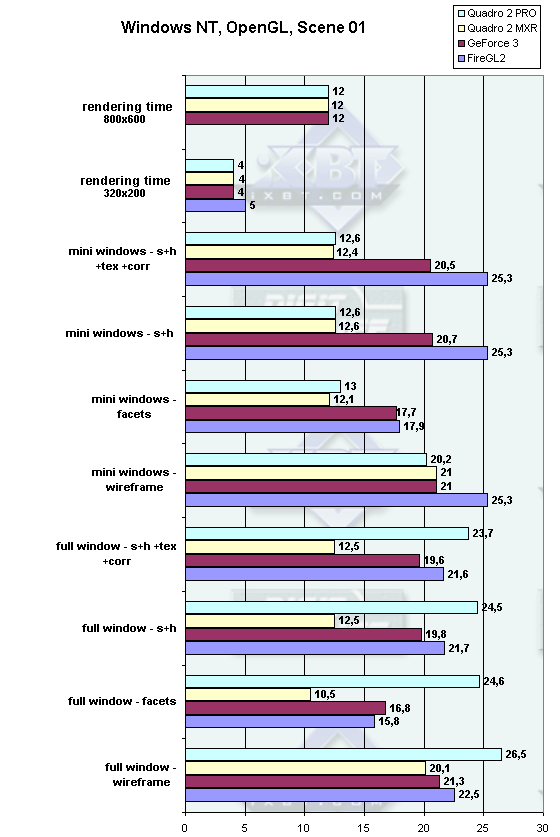
In the Full View mode, Wireframe, the Quadro2 PRO takes a lead with 26.5 against 20-22 fps of the others.
The Full view mode in the Facets show noticeably lower results for all cards except the same Quadro2 PRO. It is almost twice faster than the Quadro2 MXR! The FireGL2 and GeForce3 go on a par and fall behind the leader by approx 10 fps.
The third text is carried out again in the full view window in the Smooth+highlights mode (without textures). The Quadro2 PRO bears the palm again, while the Quadro2 MXR performs almost twice worse than the others.
There are no noticeable differences in a scene visualization between the cards:
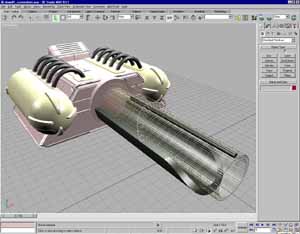
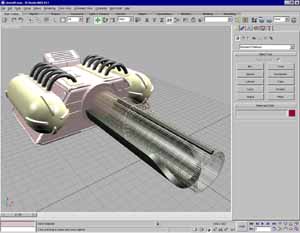
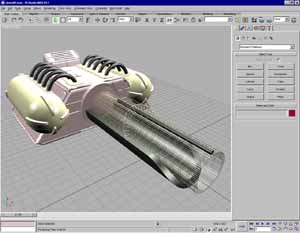
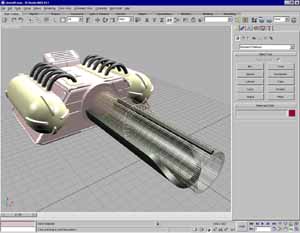
The fourth test is identical to the third one,
except the enabled textures and correction. The figures do not differ
more than by 0.2 fps. Quality differences are absent:
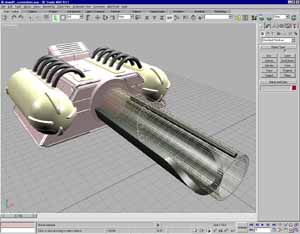
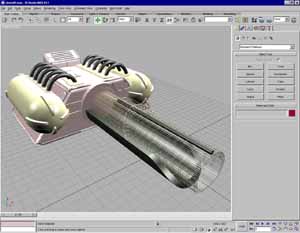
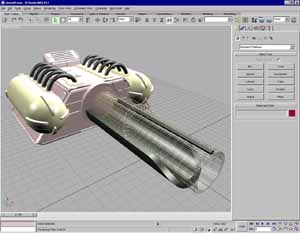
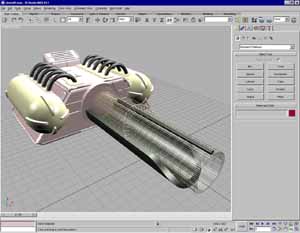
Tests 5-8 are held in 4 small windows:
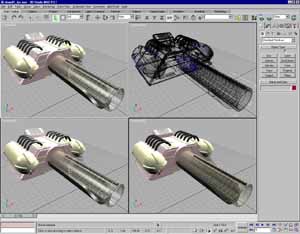
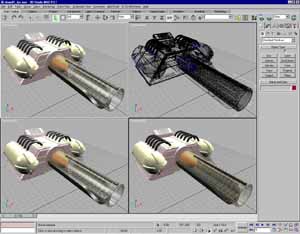
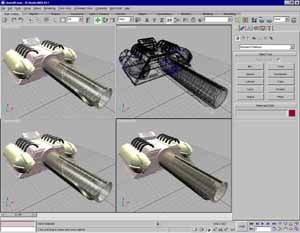
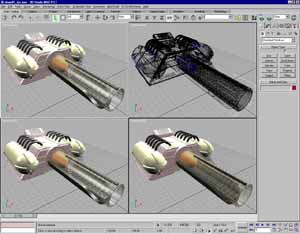
The fifth test is carried out in a small window in the Wireframe mode. It is the first test where the FireGL2 outscores the others by 4.5 fps (in average, they show 20-21 fps). The former leader Quadro2 PRO doesn't shine (and this trend keeps in all mini-window tests).
The next test was carried out also in a small window in the facets mode. The FireGL2 and GeForce3 perform equally good. The Quadro2 MXR and Quadro2 PRO, which also go on a par, fall behind by 5 fps.
In tests 7 and 8 (the latter is identical to the 7th one except the enabled textures and correction) the card differ much. In the smooth+highlights mode the best result is scored by the FireGL2; the GeForce3 lags behind by 5 fps, while the Quadro2 MXR and Quadro2 PRO are almost twice worse than the FireGL2.
So, the situation is the following: the Quadro2 PRO excels in the full view mode; the small window mode suits best for the FireGl2. The GeForce3 shows a stable result in all the modes and it is obviously the most optimal accelerator in this case. The Quadro2 MXR is not in a hurry at all, though sometimes it shows average results.
In the move&rotate and orbit&roll modes in the full window all cards are at the same level providing smooth motion. In a small window in all visualization modes the results were worse. The FireGL2 moved the image jerkily, the GeForce3 moved it fast but with a little jerking as well, it didn't responded immediately to the mouse, the scenes in the windows were redrawn synchronously. The Quadro2 accelerators performed similar to the GeForce3, though windows wee not redrawn synchronously.
The scene loading speed is not high - less than 2 sec. for FireGL2, GeForce3 and Quadro2 PRO, and 2 sec. for the Quadro2 MXR.
The results are very close, the difference is no more than 1 frame:
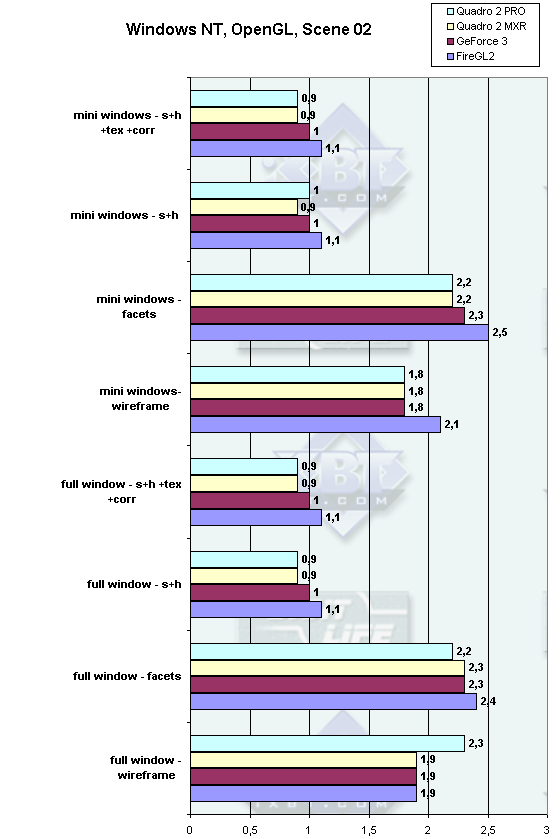
In the full view mode, Wireframe, the best result is achieved by the Quadro2 PRO, all others perform equally. In the second test - in the facets mode the difference between all the cards is only 0.2 fps, with the general performance being around 2.3 fps.
In the smooth+highlights mode the speed of all the cards is not high, but the FireGL2 thrives, the GeForce3 follows it and all the others fall behind.
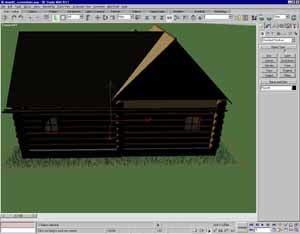
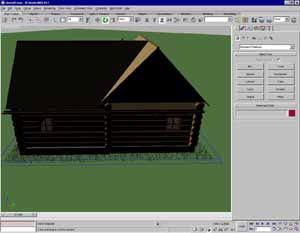
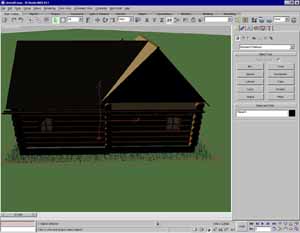
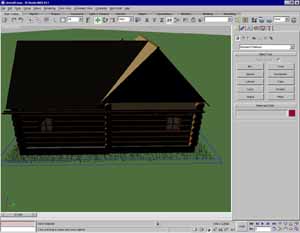
When we replaced a large window with 4 small ones the FireGL2 got some drawing errors:
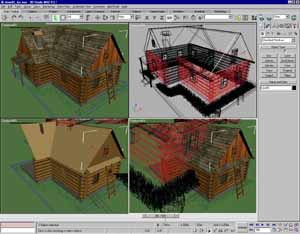
But these errors disappeared after forced redrawing of the scene.
Here are the screenshots for the full view mode, smooth+highlights with textures:
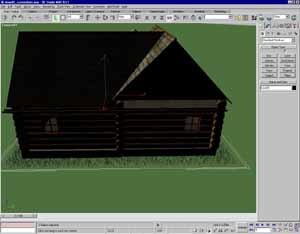
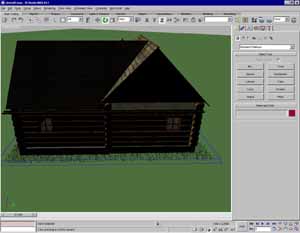
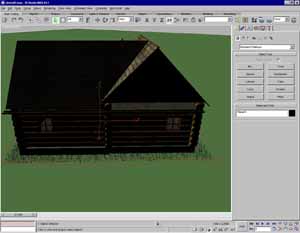
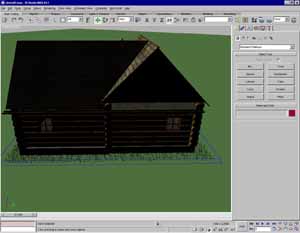
Full window, smooth+highlights with textures and correction:
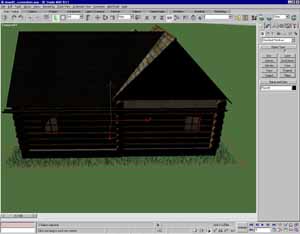
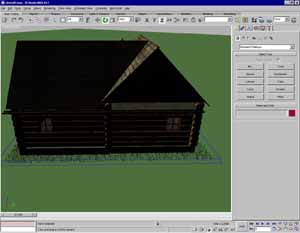
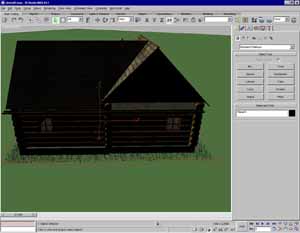
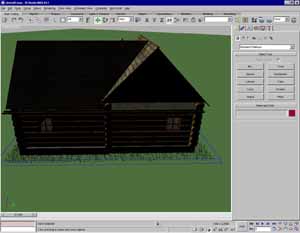
In small windows the FireGL2 shows a great breakaway (0.3fps), the others demonstrate 1.8 fps:
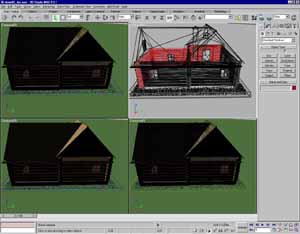
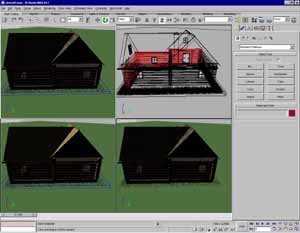
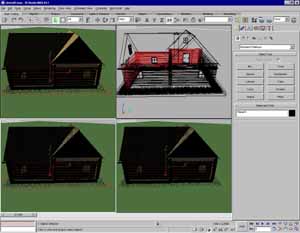
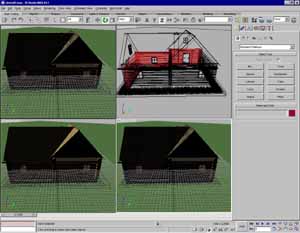
In the facets mode all the cards have a higher speed, the FireGL2 bear the palm again, then comes the GeForce3, and then both Quadro accelerators. The same situation takes place in the two last tests, in the smooth+highlights mode with texture correction and without it, only all the cards do not give more than 1.1 fps.
Despite quite low results of all the cards, the FireGL2 is a leader in all tests with the GeForce3 following it. The Quadro2 accelerators have much in common (see scene 1).
In the test on moving and rotation of objects and camera the situation is much more complicated. In a full window in the Wireframe mode the FireGL2 redraws scenes approx 2 times per second, the motion is jerky. The GeForce3 has a bit better result, though the motion ss also jerky, the delay is 0.5-1 sec. The Quadro2 accelerators perform slow and images are twitching. In the other visualization modes the FireGL2 is a bit faster than its competitors and redraws a screen approx 1 time per sec.
In a small window an image of the FireGL2 moves jerky, redrawing takes almost 1 sec. All windows have 1-sec. delay as well. The Quadro GPUs have also twitching images, the 4 windows are redrawn in turn with 1-sec delay, while for the GeForce3 it takes for it 0.5 - 1 sec, i.e. it is much faster.
The difference in speed of the final rendering doesn't exceed 1 sec, but it is not important much in case of a large number of frames.
The loading speed is much different here. For the FireGL2 it is 120 sec, for the GeForce3 it makes a little over 40, and for the Quadro2 accelerators it is more than 45 sec.
An animation speed is very low because the scene is too complicated.
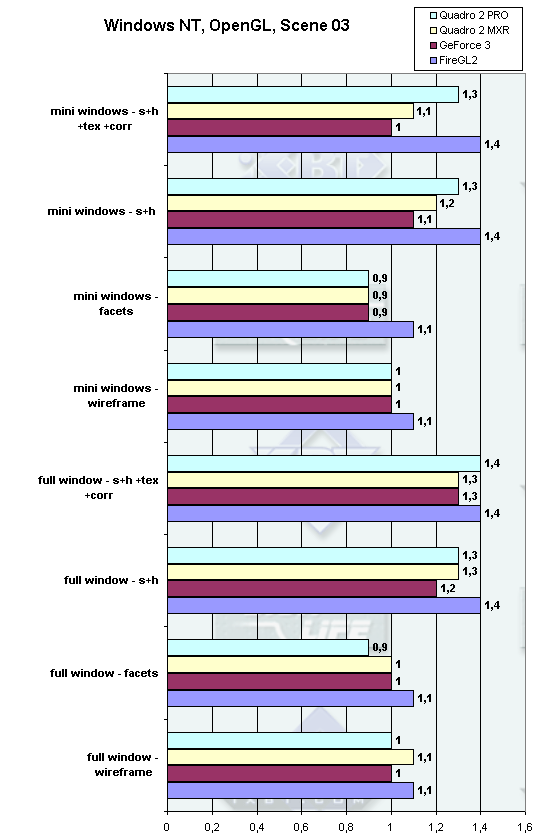
The spread in speeds is only 0.3 fps. The FireGl2 thrives here.
The screenshots are below. Full View, smooth+highlights:
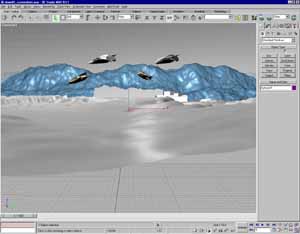
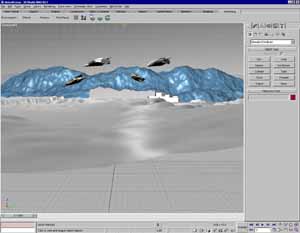
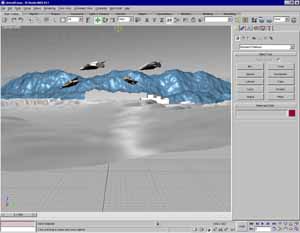
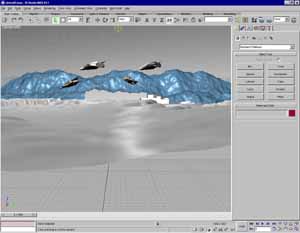
Full View, smooth+highlights with textures:
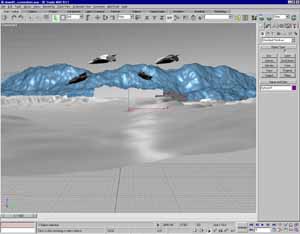
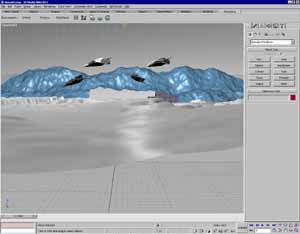
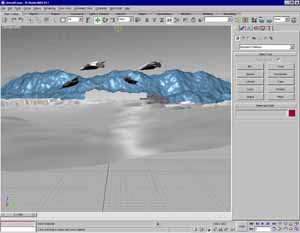
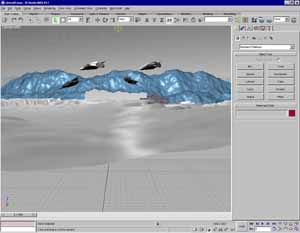
Full View, smooth+highlights with textures and correction:
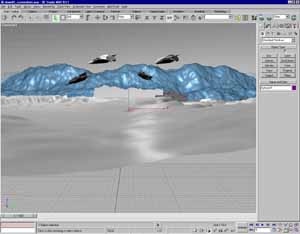
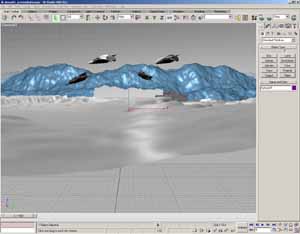
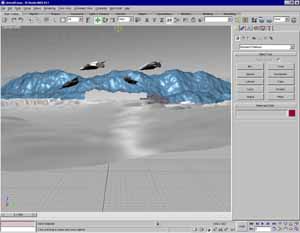
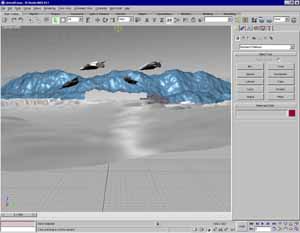
Small windows:
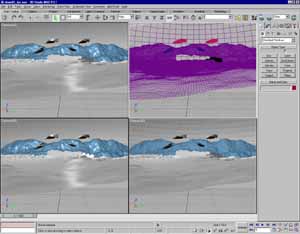
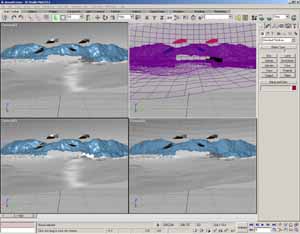
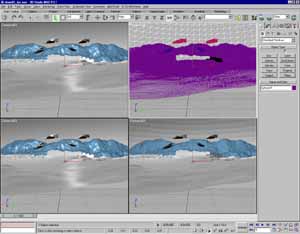
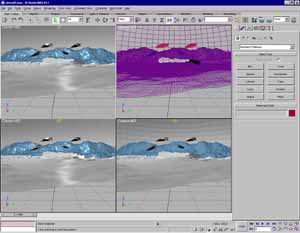
The tests on moving and rotation of the objects and camera do not have impressive results, though there is some difference. In a full window, the FireGl2 moves an image jerkily and redraws a screen twice per second, the other accelerators perform much worse: the movements are jerky and very slow. In small windows the FireGl2 moves an image jerkily as well and redraws scenes quite slow - during a second. All windows are redrawn in turn with a 1sec. delay. Until all of them are redrawn the scene doesn't move that is why each step takes 3-4 sec. The other GPUs have a twitching image which moves very slowly. The screen gets redrawn only after a mouse "freezes".
The tests show that the optimal accelerator for the Windows NT is FireGL2. All the others have almost equal performance which sometimes differ considerably but it is not determining.
[ Part 1 ]
[ Part 2 ]
[ Part 3 ]
[ Part 5 ]
Write a comment below. No registration needed!
|
Article navigation: |
| blog comments powered by Disqus |
| Most Popular Reviews | More RSS |
 |
Comparing old, cheap solutions from AMD with new, budget offerings from Intel.
February 1, 2013 · Processor Roundups |
 |
Inno3D GeForce GTX 670 iChill, Inno3D GeForce GTX 660 Ti Graphics Cards A couple of mid-range adapters with original cooling systems.
January 30, 2013 · Video cards: NVIDIA GPUs |
 |
Creative Sound Blaster X-Fi Surround 5.1 An external X-Fi solution in tests.
September 9, 2008 · Sound Cards |
 |
The first worthwhile Piledriver CPU.
September 11, 2012 · Processors: AMD |
 |
Consumed Power, Energy Consumption: Ivy Bridge vs. Sandy Bridge Trying out the new method.
September 18, 2012 · Processors: Intel |
| Latest Reviews | More RSS |
 |
Retested all graphics cards with the new drivers.
Oct 18, 2013 · 3Digests
|
 |
Added new benchmarks: BioShock Infinite and Metro: Last Light.
Sep 06, 2013 · 3Digests
|
 |
Added the test results of NVIDIA GeForce GTX 760 and AMD Radeon HD 7730.
Aug 05, 2013 · 3Digests
|
 |
Gainward GeForce GTX 650 Ti BOOST 2GB Golden Sample Graphics Card An excellent hybrid of GeForce GTX 650 Ti and GeForce GTX 660.
Jun 24, 2013 · Video cards: NVIDIA GPUs
|
 |
Added the test results of NVIDIA GeForce GTX 770/780.
Jun 03, 2013 · 3Digests
|
| Latest News | More RSS |
Platform · Video · Multimedia · Mobile · Other || About us & Privacy policy · Twitter · Facebook
Copyright © Byrds Research & Publishing, Ltd., 1997–2011. All rights reserved.